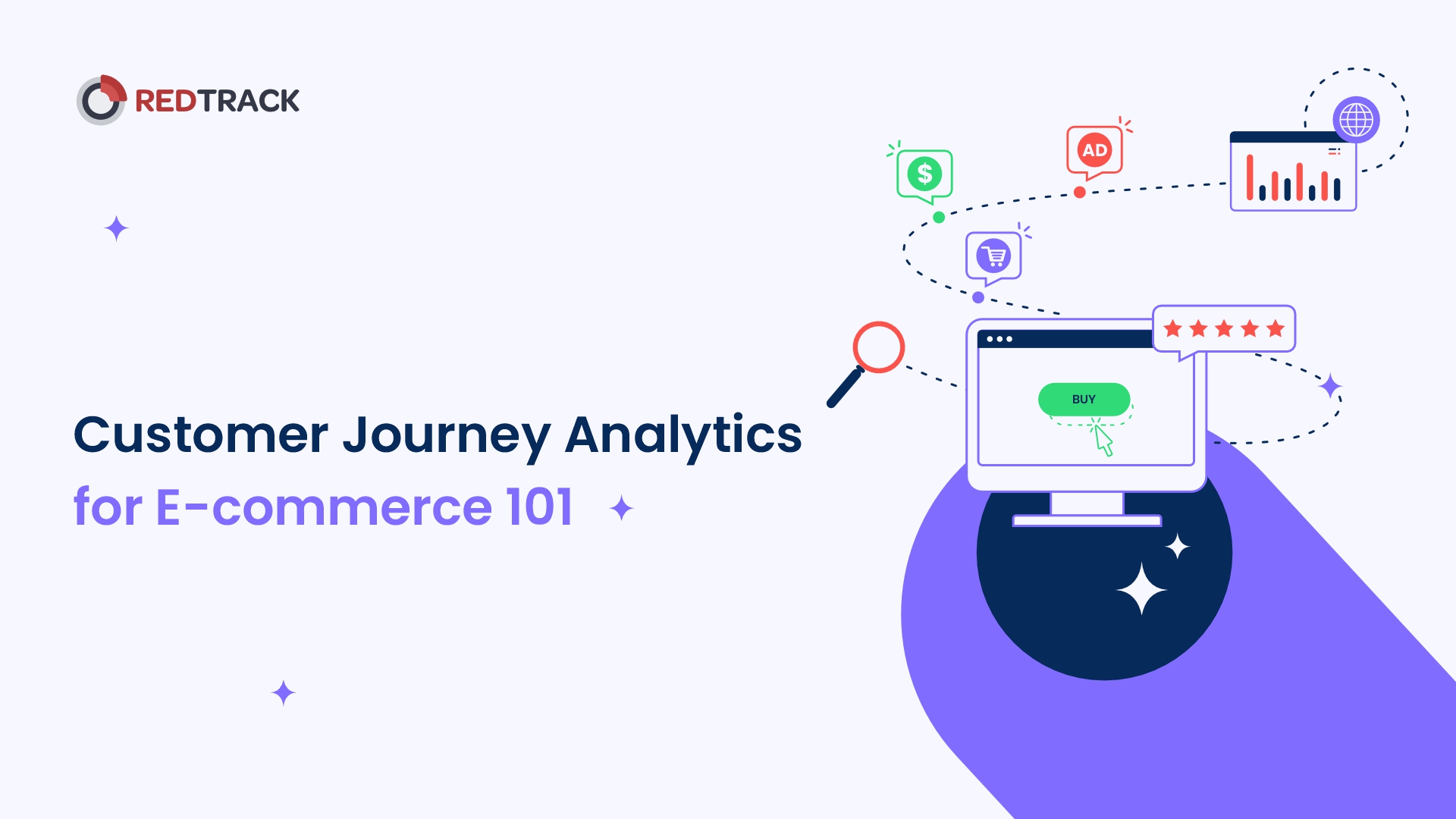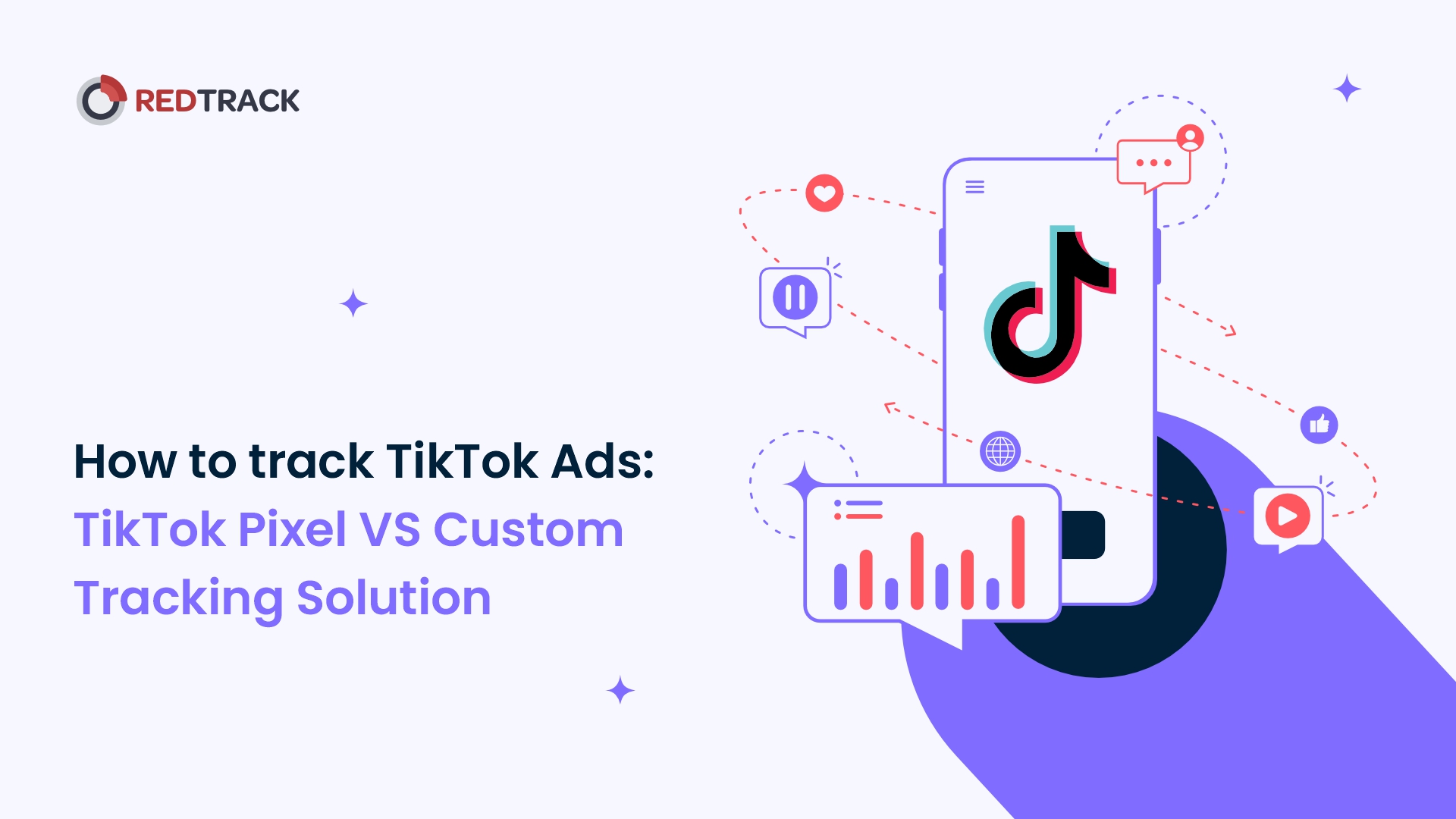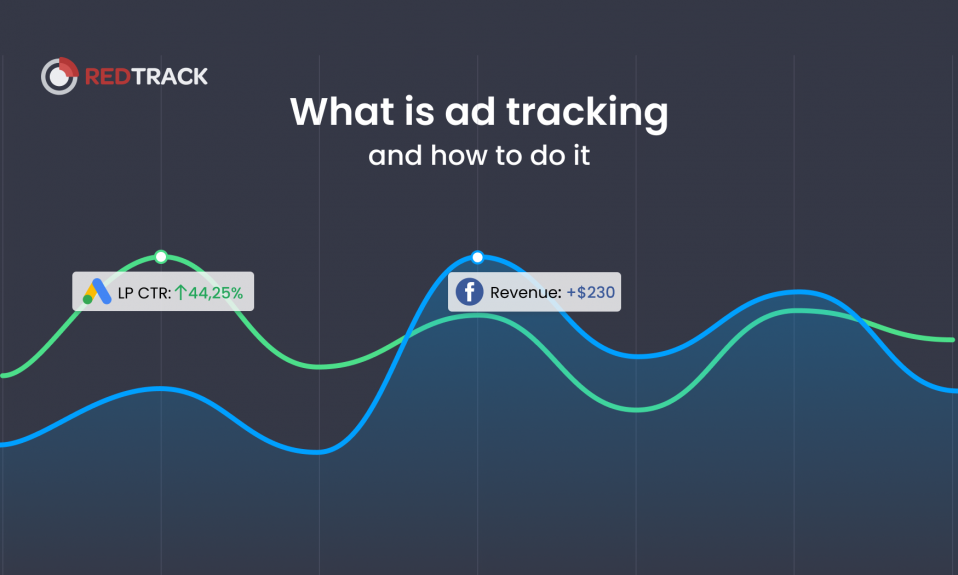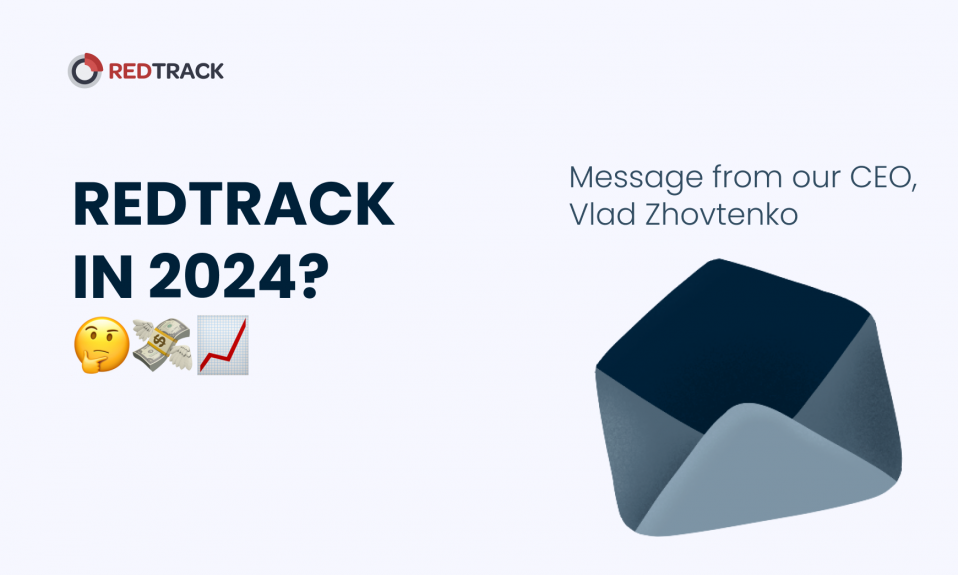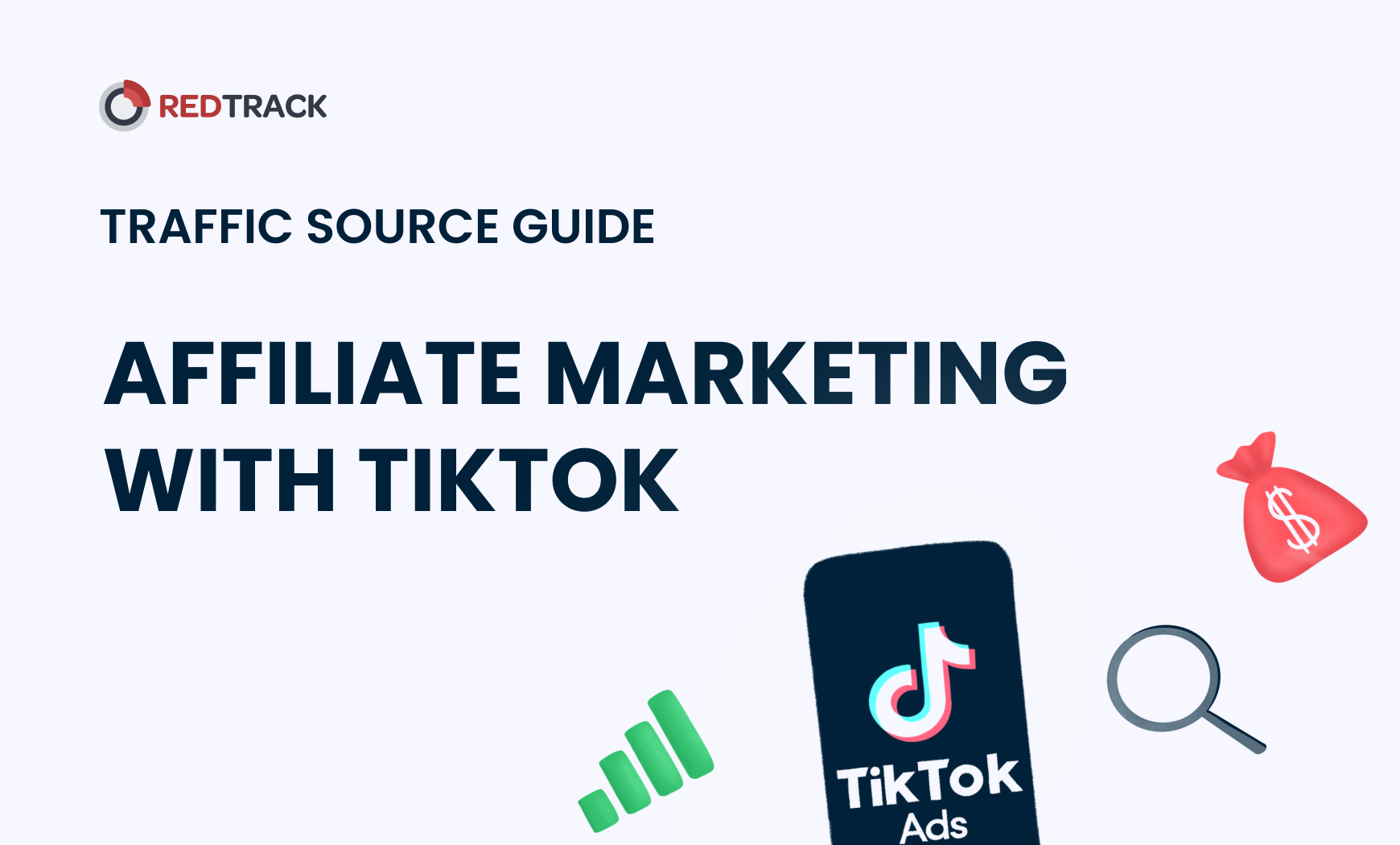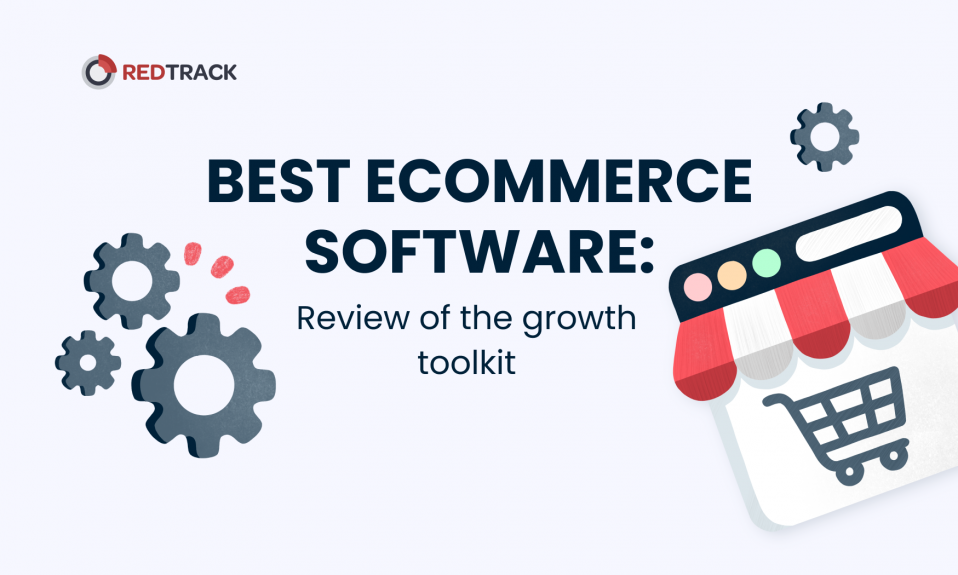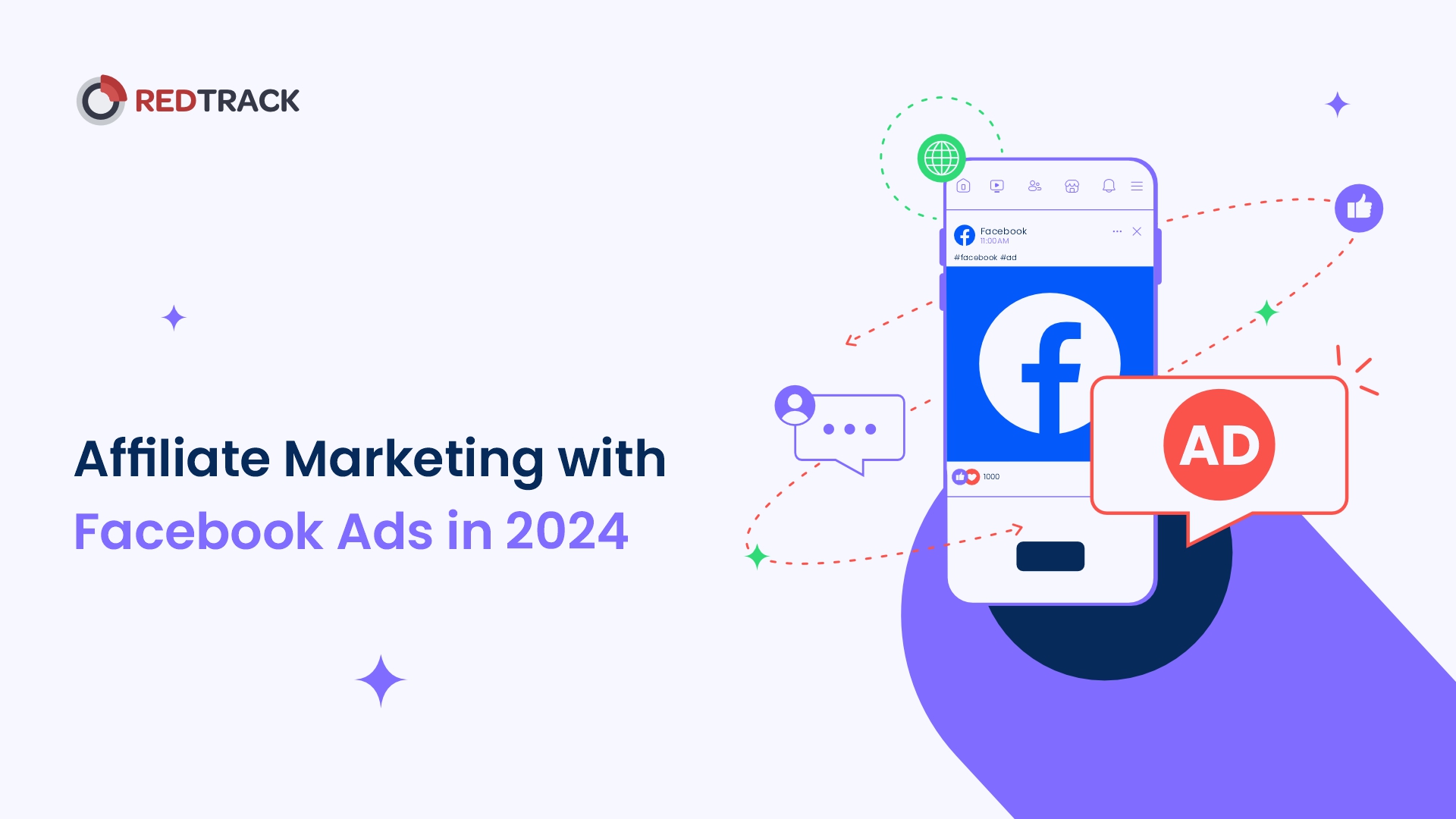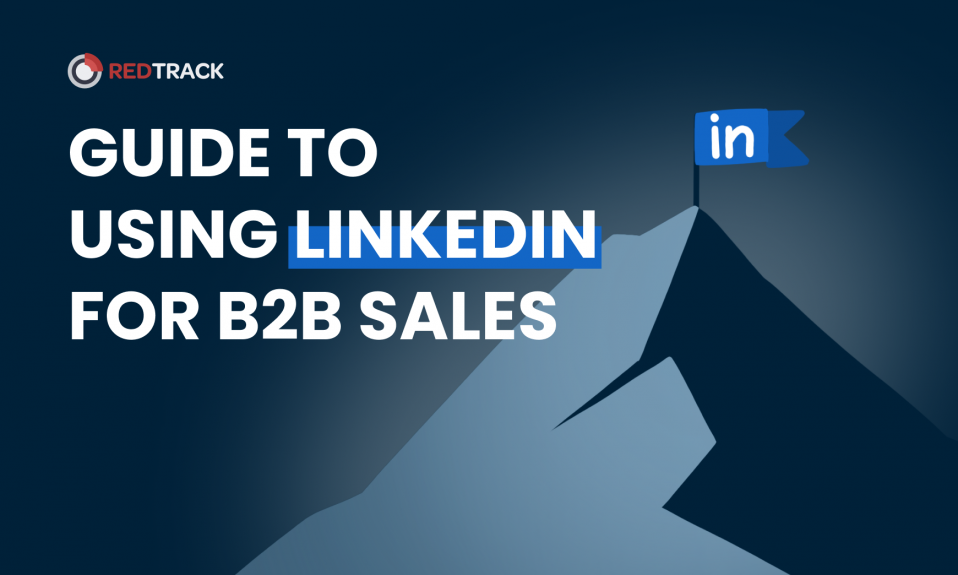
Although you might not have considered it before, LinkedIn is a powerhouse for B2B marketing and generating sales leads.
However, if you’ve never used LinkedIn to make sales before, it can feel like a daunting and time-consuming prospect.
But as the platform now boasts almost 740 million members, 40% of which access it on a daily basis, this is a sales opportunity you can’t afford to miss!
Not to mention it was built for the sole purpose of business networking, which means it works exceptionally well for B2B lead generation.
So if you’re looking for new ways to boost sales this year, this guide can help. Here are our top tips and advice for making B2B sales through LinkedIn.
1. Make sure you’ve got a great LinkedIn profile
In order to generate B2B sales leads through LinkedIn, you first need to start off with the basics – creating a great LinkedIn profile. This will be the first thing that any potential new lead or connection will see; therefore, it needs to be good.
This goes for you as an individual and your company page too.
The good news is there are several things you can do to instantly boost your LinkedIn profile, and these include:
- Choosing a professional, clear, and well-lit profile photo
- The same applies to background photos – these must be professional and high resolution
- Creating an attention-grabbing headline – a good formula is {job title} helping X do Y
- Crafting an about section that clearly explains who you are, what problems you solve, and any unique selling points
- Highlighting your location, achievements (yours or the company’s), and any work-related hobbies on your profile
- Offering a full work and education history or, in the case of your company, giving some insight into how the company came to be
Examples of LinkedIn profiles to get inspired from:
1. Dave Gerhardt (marketing expert)
You can notice that Dave uses the banner space to directly advertise the community he created. The banner instantly draws your attention as visual information is perceived much faster than simple text.
In the profile description, you can find all the prominent information and achievements in the description field: current occupation, former job & other activities (like publishing a book).
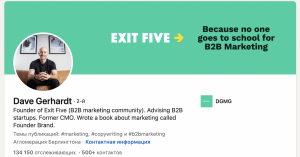
2. Nadja Komnenic (Sales expert)
Nadja uses banner space to air her (or her company’s) positioning and opinion. Through banner, we can directly access what kind of content you will be able to find.
Also, you can find how much growth her company achieved (which is direct evidence of experience) and her other activities like public speaking & YouTube hosting (which build trust).
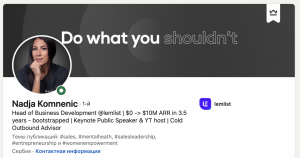
3. Lisa Dziuba (marketing expert)
Again the experience is proven in numbers (ARR growth). The former experience showed, as well as the title “Forbes 30 under 30”.

2. Build a strong network for B2B sales
Once you’ve perfected your profile, you need to work on building a strong network. This means connecting with professionals in your industry or in your target industry, as well as like-minded businesses and providers.
Now, don’t just go on a connecting spree and request every person that comes up, as this can look unprofessional, spammy and it won’t do you any favors down the line.
Start small by putting the time and effort into finding the right connections. It is estimated that to start seeing results, you need to connect with at least 200 people in your target industry. So build this up gradually so you can create an engaged and relevant following.
You can find the best connections on LinkedIn by searching relevant hashtags, commenting on relevant posts, and perhaps even asking for advice, or engaging with others’ content. You can also share industry insights on your own page to see who engages with you.
These steps will help you to build a strong and relevant following, building your reputation and showing you to be a more trustworthy source.
3. Create quality content for your target audience
Content marketing is an important technique for generating sales leads, and this still applies to LinkedIn. You need to share content about topics that your target audience is interested in.
Recommendations for your quality content:
- Relevant industry news
- Interesting & useful insights from your personal experience
- Infographics
- Images
- Adverts
- Video content
Whatever you choose to share, it is advised that you share a variety of content for the best results, just make sure that it is always relevant, eye-catching, engaging, and useful to your target audience.
You can also add relevant hashtags to help attract the right people to your content.
Be sure to reply to others or like their comments and engage with anyone interested in your content.
This can help to nurture relationships and generate leads that could later turn into sales. You can also use your content to steer them towards your business page or website.
4. Join relevant LinkedIn groups
Another great way to build connections and find prospective leads is by joining niche LinkedIn groups related to your industry. You can leverage these groups, looking for those posting about their problems to which you can offer a solution.
You can also take part in relevant discussions, contributing as much as you can and getting your name and brand out there in a positive way.
This also affords you another opportunity to share your content if you have any useful blogs, articles, stories, etc., that you think would be relevant and genuinely helpful to those in the group.
5. Run prospective sales searches
A great way to build your network and find prospective customers is to make the most of the search functionality on LinkedIn.
This enables you to filter your criteria in a very specific way so you can be proactive and targeted in your approach. For example, you can search by location, industry, job title, and more!
From this, you can generate a list of prospects, going onto their profile and seeing if their contact information has been made available.
6. Do thorough research
Armed with your list, you can begin to do even more research into your prospects, and this will be the key to your success.
You are aiming to understand their individual buying triggers if they are the decision-maker and what the key challenges that their business is facing.
This way, when you do reach out to them, you can use this information to give them a very targeted and relevant pitch and boost your chances of making a B2B sale.
7. Utilise the LinkedIn Social Selling Index (SSI)
Finally, LinkedIn offers a feature called Social Selling Index (SSI) and this tool measures how effective you are at:
- Establishing your brand
- Finding the right prospective B2B customers
- Engaging with insights
- Building relationships with your network and prospectives
Your Social Selling Index is updated on a daily basis, and you can access the dashboard at any time for insights. Armed with these insights you’ll know which areas you need to improve on and which to focus on during the sales cycle.
This way, you can proactively make changes and ensure you’re doing everything you can to boost B2B sales.

